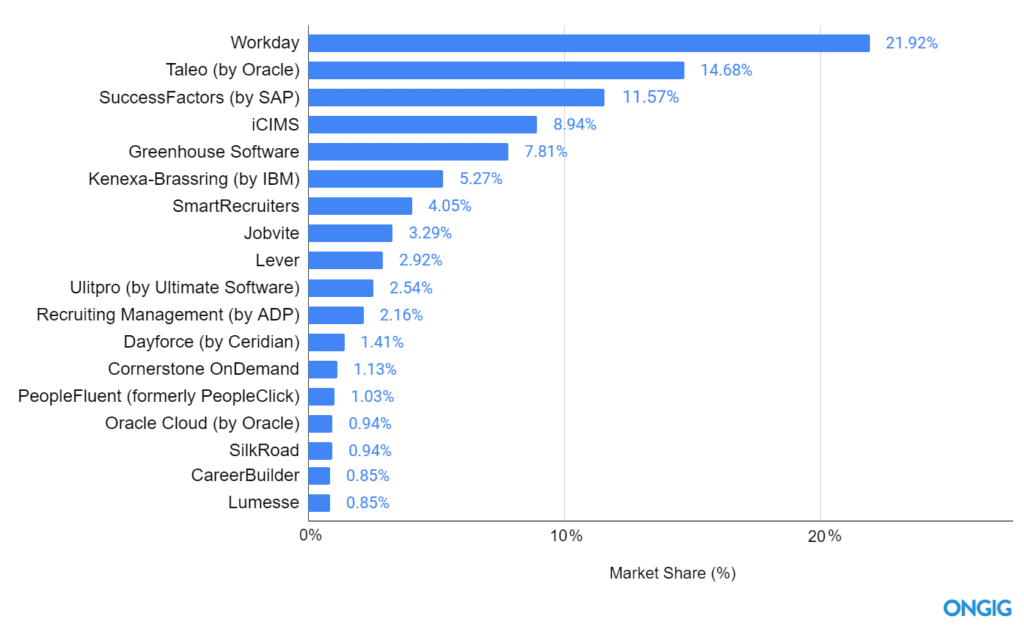Demystifying Applicant Tracking Systems: How They Work and What You Need to Know
Applicant Tracking Systems (ATS) have become an indispensable tool for organizations, streamlining the recruitment process and making it more efficient. As a job seeker, understanding how these systems work can help you optimize your application and increase your chances of landing an interview. In this blog post, we will explore the inner workings of an ATS, its benefits, and some tips to ensure your resume gets noticed.
What is an Applicant Tracking System (ATS)?
An ATS is a software application that helps organizations manage and automate the recruitment process. It assists in job posting, collecting applications, screening candidates, scheduling interviews, and tracking progress throughout the hiring process. Companies of various sizes and industries use ATS to save time, reduce paperwork, and ensure compliance with hiring regulations.
How does an ATS work?
An ATS typically works in the following manner:
- Job posting: The recruiter creates a job listing and posts it on various platforms like job boards, social media, and the company’s career site.
- Application collection: The ATS collects applications from different sources, storing them in a centralized database for easy access and organization.
- Resume screening: The system scans resumes for relevant keywords, skills, and experience that match the job description. Some ATS automate part of this, but ATS also allows for recruiters and people with access to “score” resumes. This helps filter out unqualified candidates and prioritizes those who best fit the role.
- Candidate ranking: ATS are not bots, but based on screening results, some even rank candidates according to their suitability, making it easier for recruiters to identify the top contenders for further consideration.
- Promote diversity, equity, and inclusion (DE&I): An ATS can help organizations ensure a more diverse and inclusive recruitment process by reducing unconscious bias. By automating the initial screening process and focusing on skills, qualifications, and relevant keywords, the ATS minimizes the influence of subjective factors that may hinder diversity. This enables companies to build more diverse talent pools and create a more equitable hiring process.
- Communication and interview scheduling: The ATS facilitates communication with candidates, sending notifications, scheduling interviews, and providing updates on the application status.
- Hiring and onboarding: Once a candidate is selected, the ATS can assist with the hiring and onboarding process, including document collection, background checks, and employee training.
How to optimize your resume for an ATS
As a job seeker, understanding how an ATS works can help you optimize your resume and increase your chances of getting noticed. Here are some tips:
- Use relevant keywords: Identify the most important keywords in the job description, and ensure they are present in your resume. This will help the ATS recognize your qualifications and match you to the position.
- Customize your resume: Tailor your resume for each job application, highlighting the skills and experiences that are most relevant to the specific role.
- Use a simple and clean format: Avoid using fancy fonts, graphics, or colors that may confuse the ATS. Stick to a simple, clean format with clearly defined sections, such as work experience, education, and skills.
- Avoid tables, columns, and images: These elements may not be easily parsed by the ATS. Instead, use plain text and bullet points to organize your information.
- Save your resume in a compatible file format: Most ATS systems can read Microsoft Word (.doc or .docx) or plain text (.txt) files. Avoid using PDFs, as some ATS might have trouble parsing them.
Applicant Tracking Systems play a vital role in the modern recruitment process, helping organizations manage and streamline their hiring efforts. By understanding how these systems work and optimizing your resume accordingly, you can improve your chances of standing out among other candidates and getting your foot in the door. Remember, the ultimate goal is to secure an interview, where you can showcase your personality and further demonstrate why you’re the right fit for the role.
Oh, and don’t forget that your LinkedIn profile should mirror your resume as much as possible. Companies will be reviewing that in conjunction with your application/resume.

